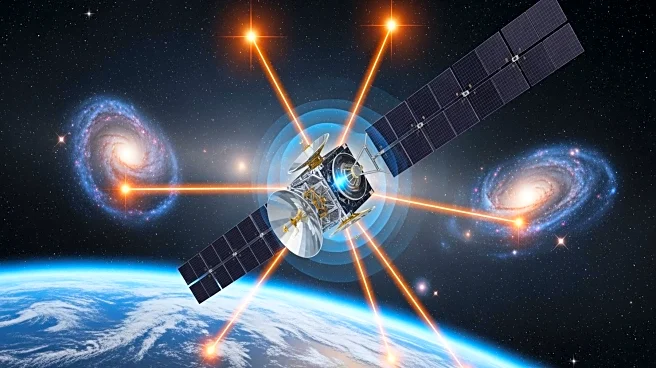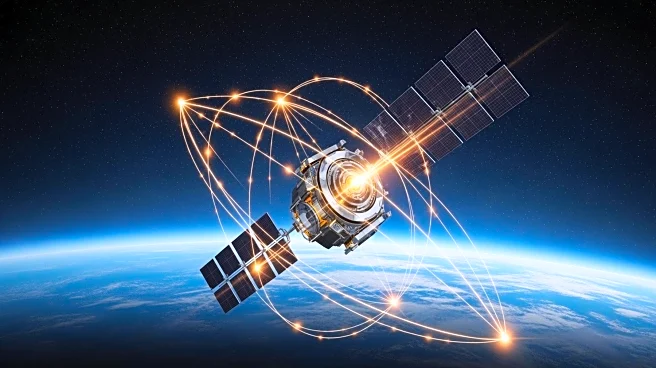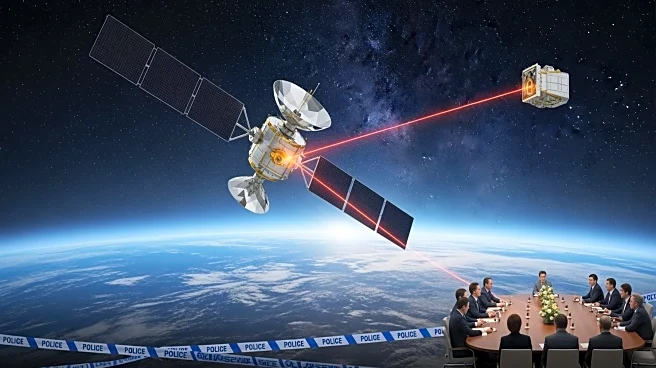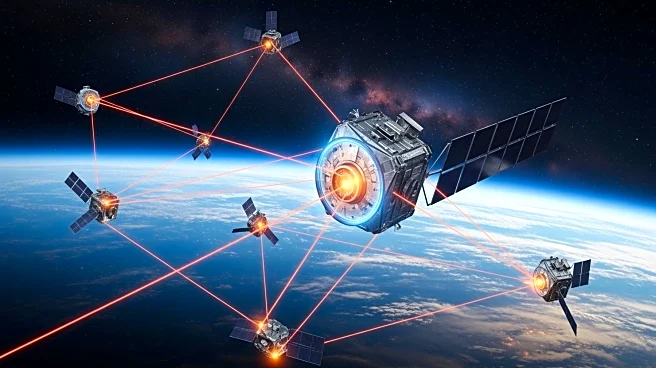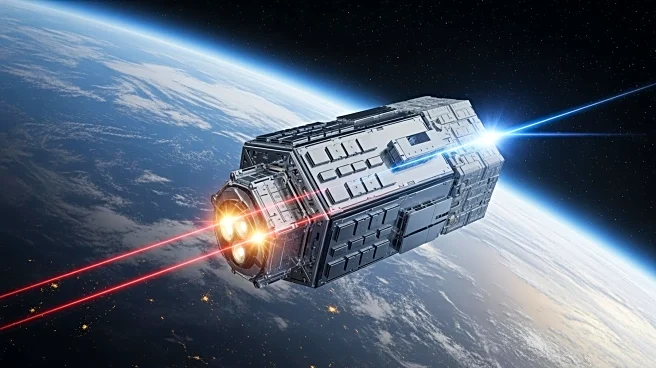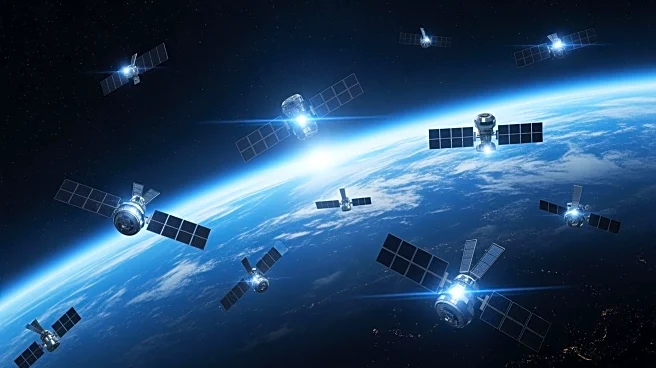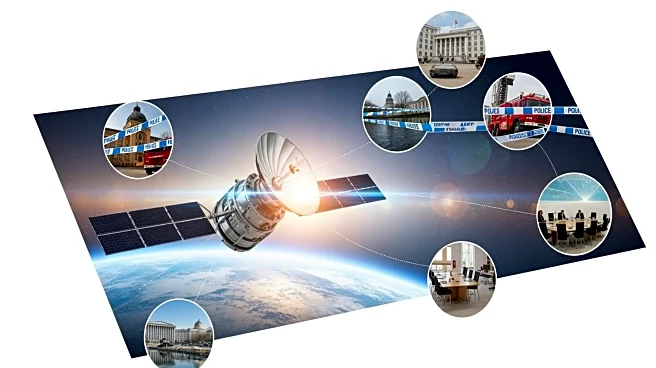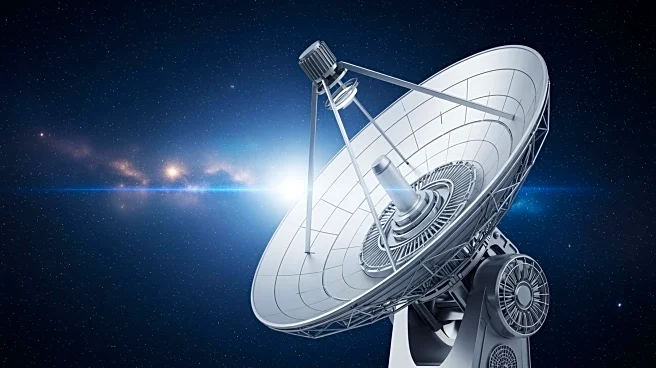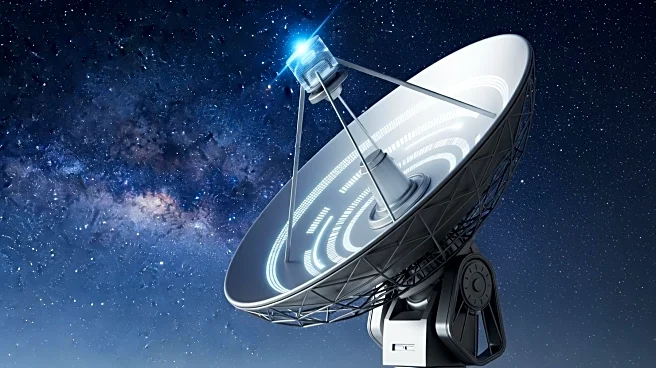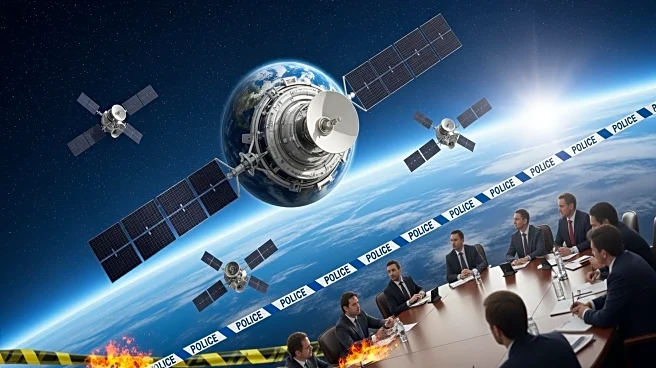What's Happening?
Muon Space has announced the integration of Starlink's mini laser technology into its upcoming Halo spacecraft, marking a significant advancement in satellite data transfer capabilities. This technology,
which allows satellites to communicate using lasers, will enable Muon Space to join the Starlink network, facilitating real-time data access and high-bandwidth streaming. The integration aims to reduce latency to milliseconds, enhancing the efficiency of satellite communications. Muon Space is the first company outside of SpaceX to adopt this technology, which supports 25Gbps connections between satellites over distances up to 4,000 kilometers. This development is expected to improve the performance of systems like FireSat, which tracks wildfires from space, by providing more timely and accurate data.
Why It's Important?
The adoption of Starlink's laser technology by Muon Space represents a significant leap forward in satellite communication, potentially transforming how data is transferred in space. This advancement could have wide-ranging implications for industries reliant on satellite data, such as environmental monitoring and disaster response. By reducing latency and increasing data transfer speeds, the technology could enhance the ability to track and respond to natural disasters like wildfires, thereby improving public safety and resource management. Additionally, the integration of this technology into commercial satellite operations could set a new standard for data connectivity in space, influencing future satellite designs and operations.
What's Next?
Muon Space plans to launch its first satellite equipped with Starlink's laser technology in 2027. As the technology becomes operational, it is expected to provide enhanced connectivity and data services to a range of industries. The success of this integration could lead to broader adoption of laser communication technology in the satellite industry, potentially prompting other companies to explore similar advancements. Stakeholders in sectors such as telecommunications, environmental monitoring, and emergency services may closely monitor the outcomes of this integration to assess its impact on their operations.
